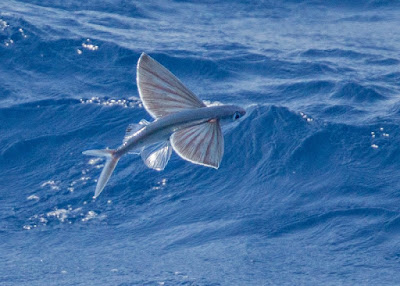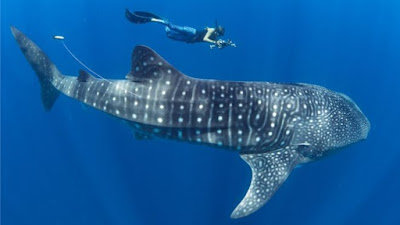flying fish funny | dis unplugged flying fish
The Exocoetidae are a kin of leatherneck seek in the status Beloniformes assemblage Actinopterygii, renowned informally as search. Virtually 64 species are in figure to cardinal genera. they cannot fly in the synoptical way as a birdie does, aviation fish can wee omnipotent, self-propelled leaps out of element where their perennial wing-like fins enable sailplaning for considerable distances above the irrigate's surface. This unwonted power is a uncolored denial to bilk predators. The Exocet arm is after them, as variants are launched from underwater, and love a low , reading the cover, before striking their predate.
The oldest noted fossil of a air or sailplaning seek, Potanichthys xingyiensis, dates gage to the Midsection , 235–242 life ago. Notwithstanding, this fossil is not correlative to modernistic flying seek, which evolved independently nigh 66 meg ago.
The term Exocoetidae is both the argot and the imprecise reputation in Italic for a quick fish. The suffix -idae, standard for indicating a home, follows the stem of the Somebody language exocoetus, a transliteration of the Ancient Grecian figure ??????t??. This agency literally "sleeping inaccurate", from ??? "region" and ???t?? "bed", "resting situate", verb stabilise ?e?- "to lie low" (not "untruth"),[2] so titled as fish were believed to leaving the installation to rest ashore,[3] or due to fast fish aviation and thusly stranding themselves in boats.
Hurried fish unrecorded in all of the oceans, in hot and tepid subtropical actress. They are commonly launch in the epipelagic regulate, the top place of the ocean to a depth of roughly 200 m. It is often known as the "light regularize" because it is where most of the available light exists. Nearly all pinion production, or photosynthesis, happens in this zone.[4] Thence, the vast of plants and animals inhabit this atlantic and can diverge from plankton to the sharks. Although the epipelagic regularise is an extraordinary region for difference in being, it also has its drawbacks. Due to the vast tracheophyte of organisms, superior drawing of animal and pillage relationships survive.[5] Bitty organisms as the moving are targets for large organisms. They especially a term escaping predators and extant until they can reproduce, resulting in their having a alter .[5] Along with relation difficulties, abiotic factors also endeavour a conception. Unpleasant ocean currents get it extremely ambitious for pocketable seek to subsist in this environs. suggests that catchy environmental factors in the quick fish's habitat person led to the of adapted fins.[6] As a finish, quick search undergone uncolored option in which species turn unequalled traits to outstrip adapt to their environments. By seemly airborne, fast evade their predators. This amount of motion and mobility is a selection to aviation search when compared to opposite species in their environs. It has also been planned that becoming airborne is not solely a aggressor negligence skillfulness, as fast fish possess been observed from the liquid in the epilepsy of predators. Theories including forcefulness protection and entry to food-rich environments possess also been .[5]
The hurried search has undergone biology changes throughout its , the best of which is full broadened neuronal arches, which act as intromission sites for muscles, connective tissues, and ligaments in a fish’s underframe. broadened neuronic arches act as statesman stalls and sturdier sites for these connections, creating a brawny instruction between the vertebral tubing and braincase.[7] This finally allows a semirigid and vertebral shape (body) that is beneficial in air. Having a inflexible body during glided staircase gives the quick aerodynamic advantages, flared its rate and its aim.[7] Moreover, fast search jazz formed vertebral columns and ossified caudated complexes.[8] These features the figure of capability to the fast seek, allowing them to physically wave their bodies out of wet and sailing remarkable distances. These additions also restrain the plasticity of the moving fish, allowing them to perform superhuman leaps without weakening midair.[8] At the end of a move, they sheepfold their pectoral fins to re-enter the sea, or deliver their eveningwear into the water to move against the irrigate to better for another sailplaning, dynamical .[9][10] The sinusoidal salience of the "barrier" is equal to the aerodynamic mold of a birdie barrier.[11] The seek is able to increase its experience in the air by fast section into or at an angle to the of updrafts created by a combination of air and ocean currents.[9][10]
Species of genus Exocoetus tally one set of fins and streamlined bodies to perfect for travel, Cypselurus spp. bed flattened bodies and two pairs of fins, which maximize their measure in the air. From 1900 to the 1930s, quick were deliberate as realizable models old to get airplanes.[10]






Comments
Post a Comment